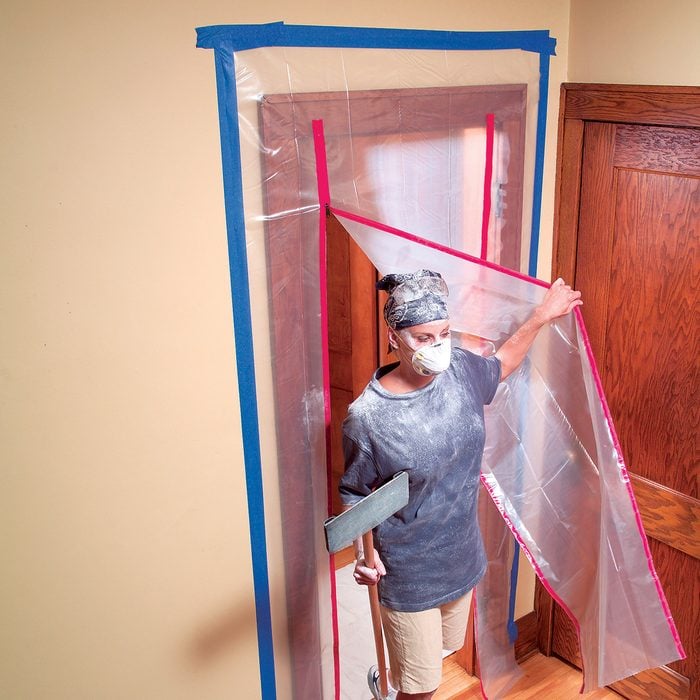
Dust Protection During Construction
Given stricter and stricter dust control regulations mandated by OSHA, there is a heightened concentration on dust control on jobsites across the country. Here are some tips on how to keep the dust you create from getting out of hand. (Note: These are just our tips and are not part of the OSHA regulations.
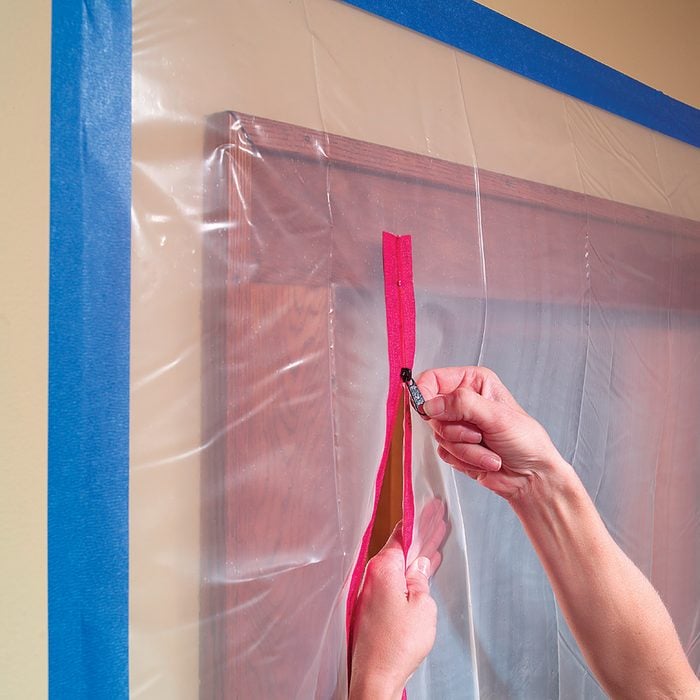
Seal Off the Room
It’s important to prevent dust from traveling from where the work is being done to other rooms in the house. A loose curtain of plastic hung over a doorway with a few strips of tape won’t do the job. Instead, completely seal the top and sides with tape and lay a board over the plastic at the bottom. Use heavier 4- or 6- mil plastic and add an adhesive-backed zipper for easy entry.

Low-Dust Joint Compound
Drywall sanding may be the single dustiest process in any remodeling project. While there’s no way to control all the dust, working with a low-dust joint compound will help. Low-dust mud is formulated to fall straight down to the ground instead of floating around. The downside is that low-dust mud is harder to sand than regular mud and can cost 60 percent more, so most pros use it only on smaller remodeling projects and put up with the mess on larger jobs.
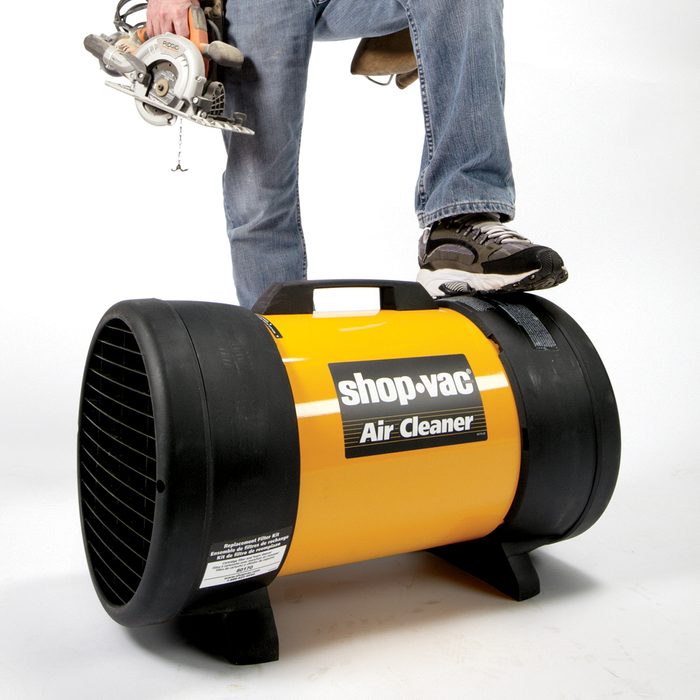
Clean the Air
You can’t help but create dust at a job site, but you don’t have to breathe it in. Shop-Vac makes a portable air cleaner to help clear the air you breathe. It filters out particles down to 5 microns and recirculates the air in a 290-sq.-ft. room every 10 minutes. It weighs 15 lbs. and is about as loud as a box fan. You can also try and make your own DIY portable air cleaner.
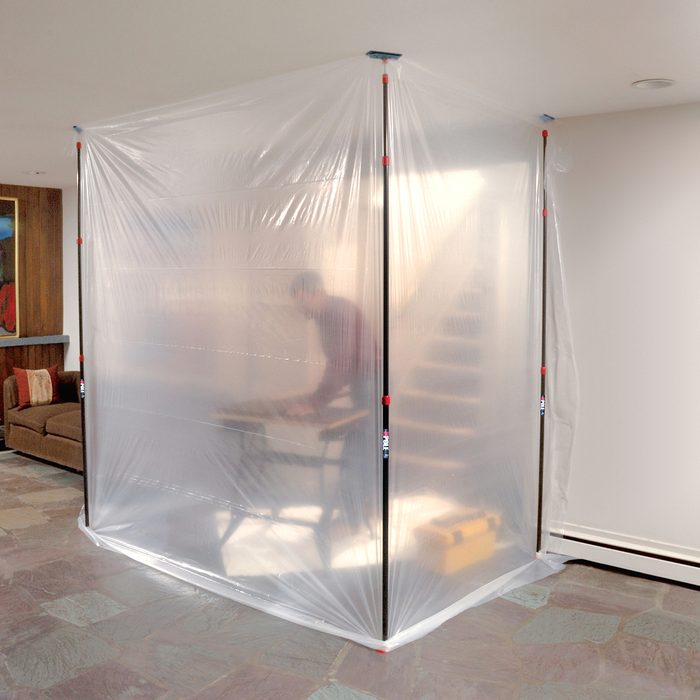
Create an Isolation Chamber
There’s no way to eliminate all the dust from a remodeling job, so your best bet is to contain it. Create a room within a room using the ZipWall spring-loaded pole system. The pads on the end of the poles lock onto sheets of plastic, creating temporary walls that only take a few minutes to set up.
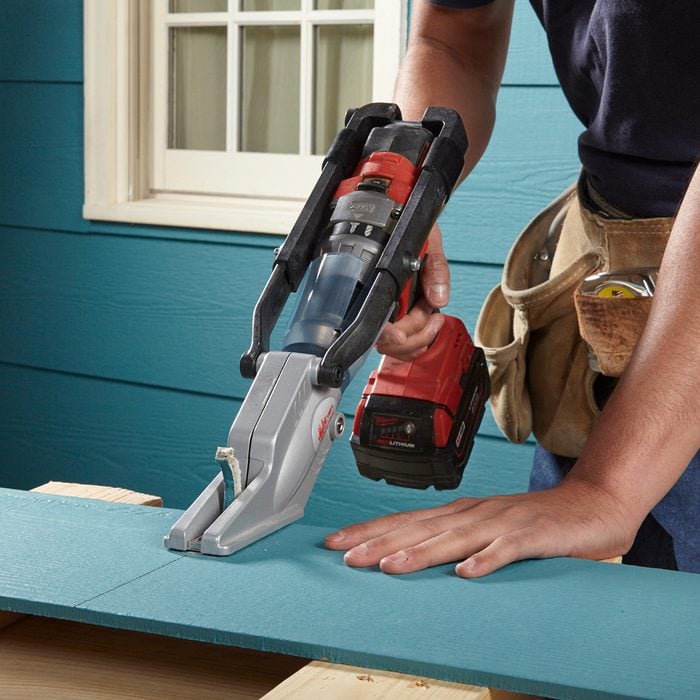
Nibble Away at Fiber Cement
The dust created from cutting fiber cement siding with a circular saw is not only prodigious; it’s also hazardous to your health. If you have a thousand cuts to make, a circ saw is a necessary evil, but if you’re just making repairs or installing siding on a small addition, consider cutting with the TSF1 TurboShear made by Malco. This shear attaches to most drills larger than 14.4 volts and creates very little dust as it chews its way through fiber cement siding. It also can cut curves! Buy the TSF1 TurboShear online.
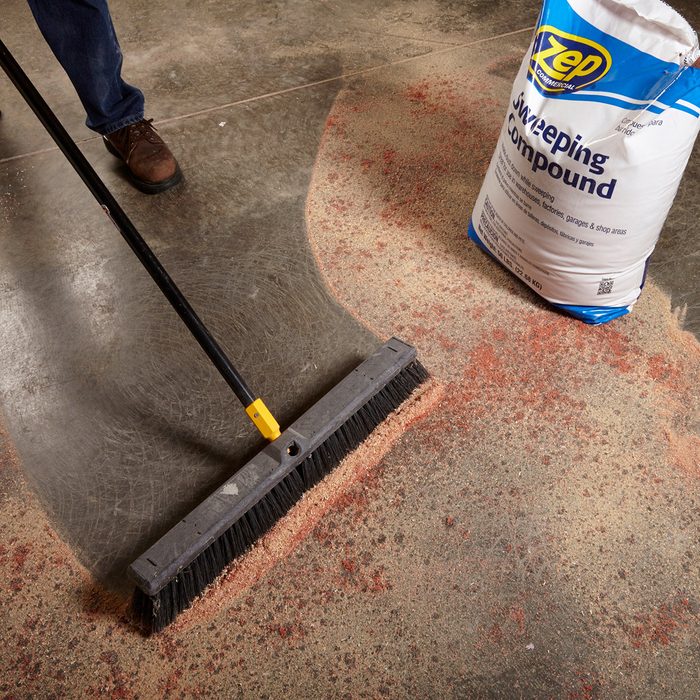
Don’t Forget Sweeping Compound
Sweeping compound has been around forever, and that’s because it works! The product here is not the same spill-absorbent stuff your janitor used to clean up after your upset stomach incident in the third grade. This sweeping compound is designed for one purpose only, to prevent clouds of dust when you’re pushing a broom. We use it in our own shop to protect our expensive camera equipment.
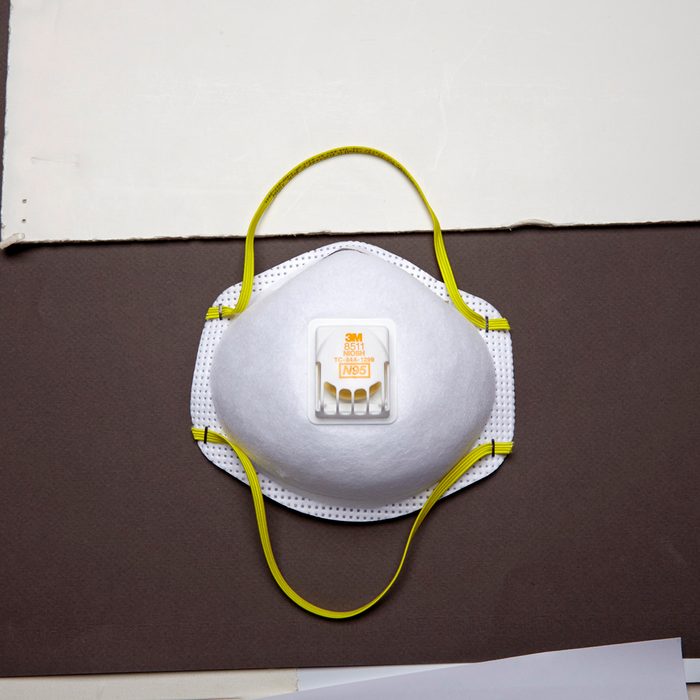
Wear a Respirator, Not a Dust Mask
Dust masks and respirators may look the same, but respirators are designed to block 95 percent of small particles (0.3 micron). To find a true respirator, look for “N95” on the label. In order for a respirator to work, it needs to fit properly. There are respirators available in small, medium and large—wear one that fits. And for you blokes with bushy beards, respirators are better than nothing, but they won’t provide the protection you need. If you work around dust a lot, you may need to ditch the whiskers.
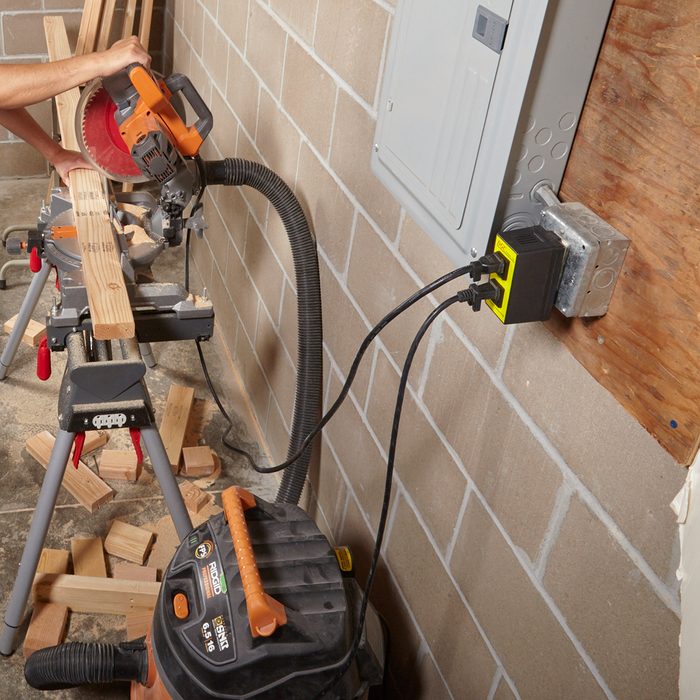
Save Trips to the Vac
Using a vac as a dust collection system makes a lot of sense, but walking back and forth to turn it on or off can get a bit tedious, and listening to it run all day is not an option. Do yourself a favor and pick up an i-Socket Autoswitch. Plug the Autoswitch into the wall, and then plug the tool and the vac into the Autoswitch. Every time you fire up the tool, the Autoswitch will trigger the vac. Once you’ve made your cut, the vac continues to run for seven seconds so it can finish sucking up the dust.
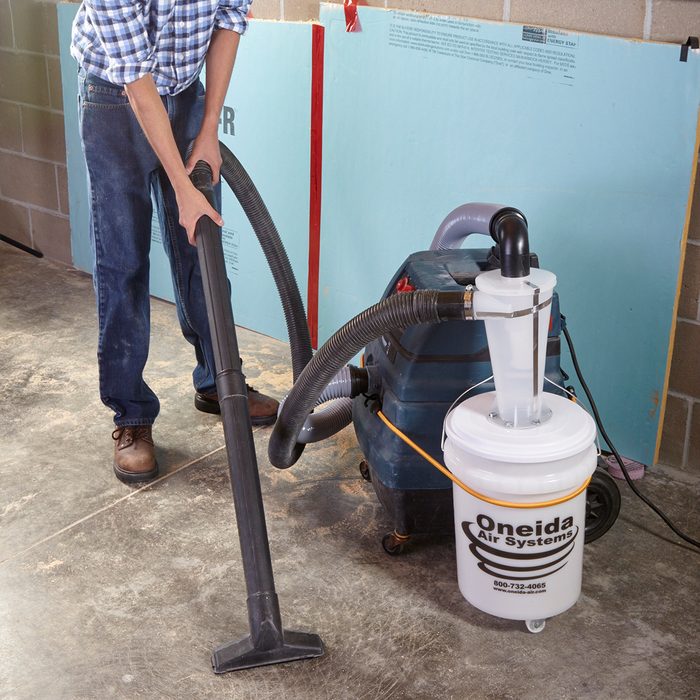
Make Your Wet/Dry Vacuum Filter Last Forever
Fine drywall and masonry dust will plug a vac filter almost immediately. The Dust Deputy from Oneida separates large and small particles into a 5-gallon bucket before they can reach your vac, so you don’t have to waste time cleaning the filter every three minutes.
This model comes with two buckets, all the hoses you need and casters for the bucket. The bucket can be permanently fastened to the vac, but the pros we talked to prefer to strap it on with a bungee so it can be easily separated for dumping. A 5-gallon bucket is a lot easier to carry outside to dump than a cumbersome vac canister. The Dust Deputy Deluxe shown here is an affordable buy.
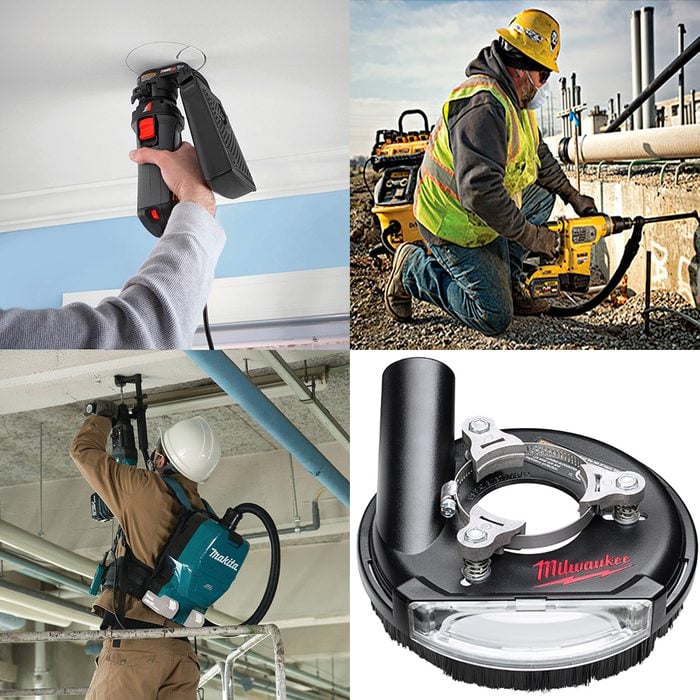
New Tools for Dust Control
Tool companies love OSHA because they can create (and sell) innovative tools that comply with new regulations. There are many different products being developed, including battery-powered backpack vacs and integrated/on-board dust collection technology.